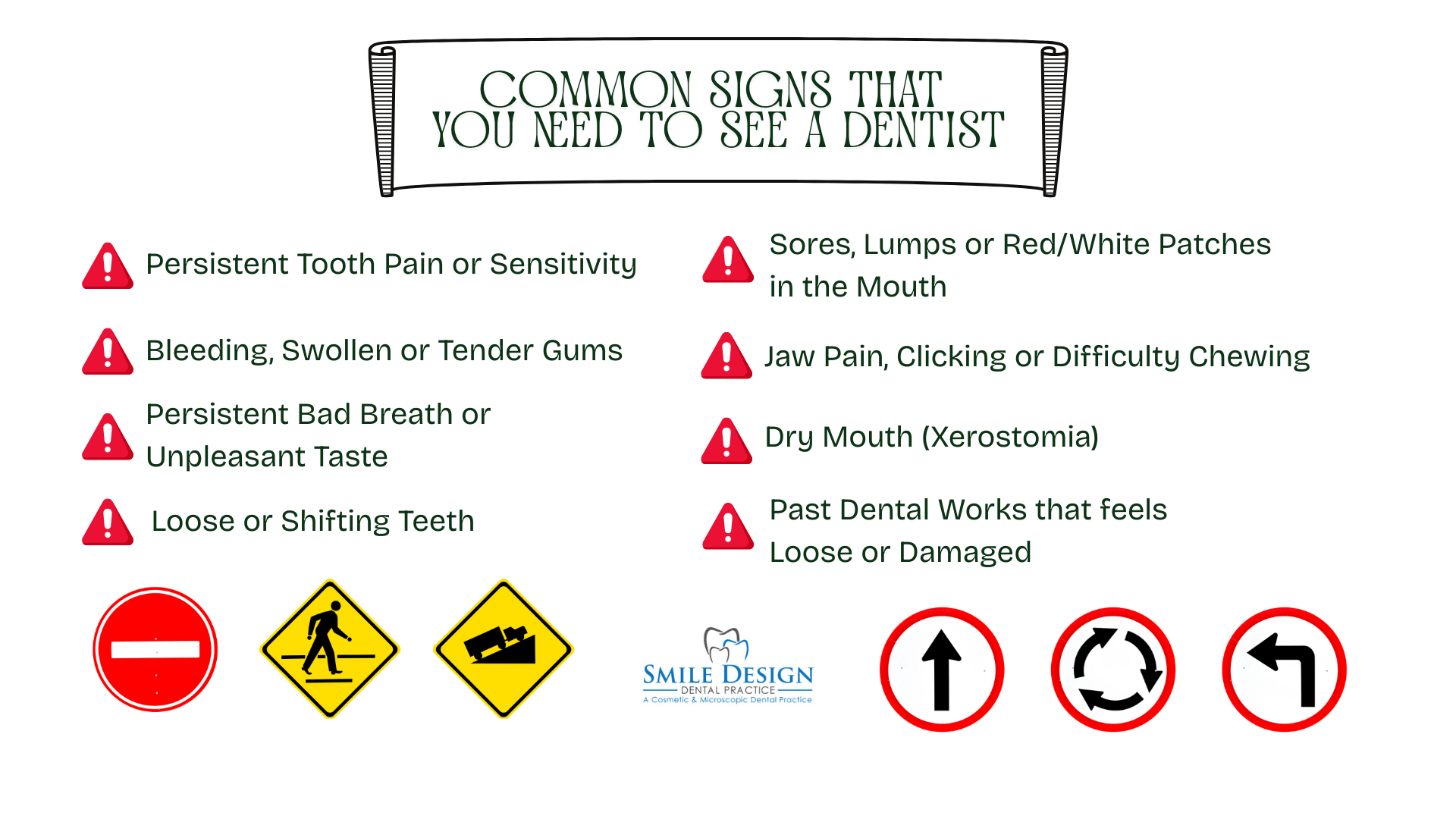Not all restorative dental materials are the same
Dr Gordon Tam • December 12, 2019
Same same but different. Some of the restorative dental materials may look similar to you, but they are different!
Quality matters. You may have heard of various types of restorative dental materials, however, every one of them has different stress-bearing properties. Some may look similar but the strength and durability may be different. Different grades of dental fillings have different strengths.
Today, we are going to share with you a classic story of The Three Little Pigs. The Three Little Pigs were Browny, Whitey and Blacky. Browny was a lazy dirty one, while Whitey was smart yet greedy and selfish, and Blacky was a nice little pig who is not dirty or lazy.
One day, they decided to build their own house, but each of them had chosen a different material. Browny chose to build his house with straws while Whitey had it in sticks. Blacky who is not lazy built his house in bricks. When the wolf came and blew off Browny and Whitey’s houses, only Blacky’s house and himself survived.
The moral of the story about same same but different. The appearance may look the same but the quality of these materials vastly varies. It depends on the usage, durability, and cost that everyone has the choice to decide.
Types of restorative dental materials
While there are many different types of restorative dental materials in the market, we will suggest the best option according to your individual tooth conditions.
- Amalgam
- It is a mercury and metal alloy mixture commonly used in the past than in current dentistry to fill up cavities. It has an unappealing metallic appearance that turns dark and the material will start to leach through the years. It poses potential health hazards as the mercury starts to leak and causes health issues. In 2018, the European Union has banned the usage of amalgam for dental treatments to children under the age of 15 and breastfeeding women.
** Smile Design Dental Practice does not carry this material. We believe in a holistic approach to provide materials that are not harmful to our health and the environment - Glass ionomer cement (GICs)
- It is a restorative material that has a closer color to our teeth, however, it is mostly used for temporary filling material as the strength is not as strong and durable. It has limited stress-bearing characteristics. It needs to be replaced much more frequently as compared to the rest of the restorative filling materials.
- Composite
- It is a tooth-color resin-based filling that has different shades that dentists use to match with patients’ teeth. It is durable and greater resistance to fracture, fairly good stress-bearing compared to GICs. As there is a range of shades to match our teeth, it is a preferred choice as a natural and more durable tooth-color filling that can be used on front and back teeth.
- Ceramic - Ceramic filling is made of porcelain. It is tooth-colored and able to match your tooth shade. Among all the various restorative filling materials, it is the most durable and least likely to show signs of tooth staining over time as compared to a composite filling. As it is very durable and aesthetically-pleasing, we highly recommend it as a restorative material especially for a back tooth to take on heavy-duty chomping of tough meats or a front tooth for the highly natural tooth color matching.
Why does it matter?
As different types of restorative filling materials have different abilities to take stress, it determines the longevity of a dental filling. Not all dental fillings are made the same. The longevity not only pertaining to retaining the shape of the filling, how it holds on and protect the tooth, and also the appearance on whether it starts to wear off and changes color due to staining.
When the choice of material is not suitable for the location of the tooth that needs restoration, it provides less strength, hence a higher tendency to give way under stress. A GIC filling on a molar tooth is unable to sustain the pressure especially if your favorite food is steaks and nuts.
A dental filling is to replace the missing tooth structure caused by tooth decay or to a chipped tooth. It is very important to have a durable filling.
- For the practical purpose to be able to eat and chew properly
- Aesthetically pleasing and not feel compromised so that you can continue to smile confidently with a nicely restored (and durable) filling
- An ill-fitting or deteriorated filling will cause the food trap. When bacteria gets in, it causes tooth decay
Speak to us today to experience a thorough tooth-by-tooth examination and you will have a clearer picture of your current oral conditions with intraoral photographs taken for your reference. Our doctors are able to advise you according to your needs, concerns, and requirements and we only move forward upon your approval.
For more information and consultation, please contact Smile Design Dental Practice at +65 6463 8588.
To serve you better, we are available by Appointment Only.
Please contact us to schedule for an appointment.

Pregnancy is a beautiful and transformative journey, but it also comes with unique challenges for a mother’s health—including oral health. Many expectant mothers don’t realise that hormonal changes, new dietary habits, and morning sickness can affect their teeth and gums. Because dental health is closely connected to overall health, neglecting it during pregnancy can have consequences for both mother and baby. This article explores the most common dental issues that arise during pregnancy, why they matter, whether you can safely visit a dentist during this time, and what steps you can take to protect your smile.
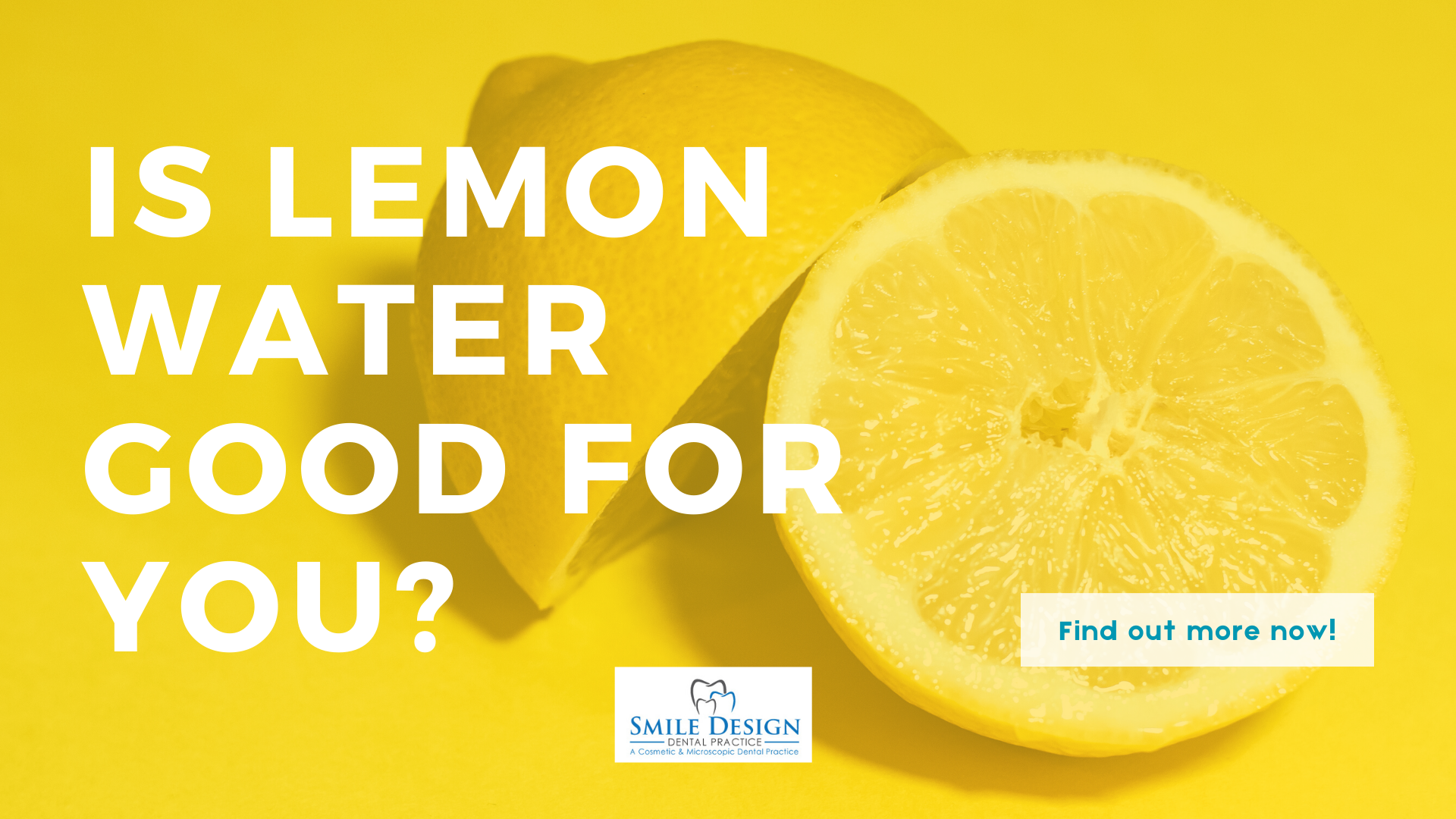
In recent years, lemon water has gone from a simple household drink to a global health trend. Wellness experts, celebrities, and fitness enthusiasts often recommend starting the day with a warm glass of lemon water. Many believe it boosts immunity, improves skin, aids digestion, and helps with weight loss. But how much of this is true, and how much is just hype? Let’s look deeper into the science behind lemon water and whether it’s as good for you as it seems.
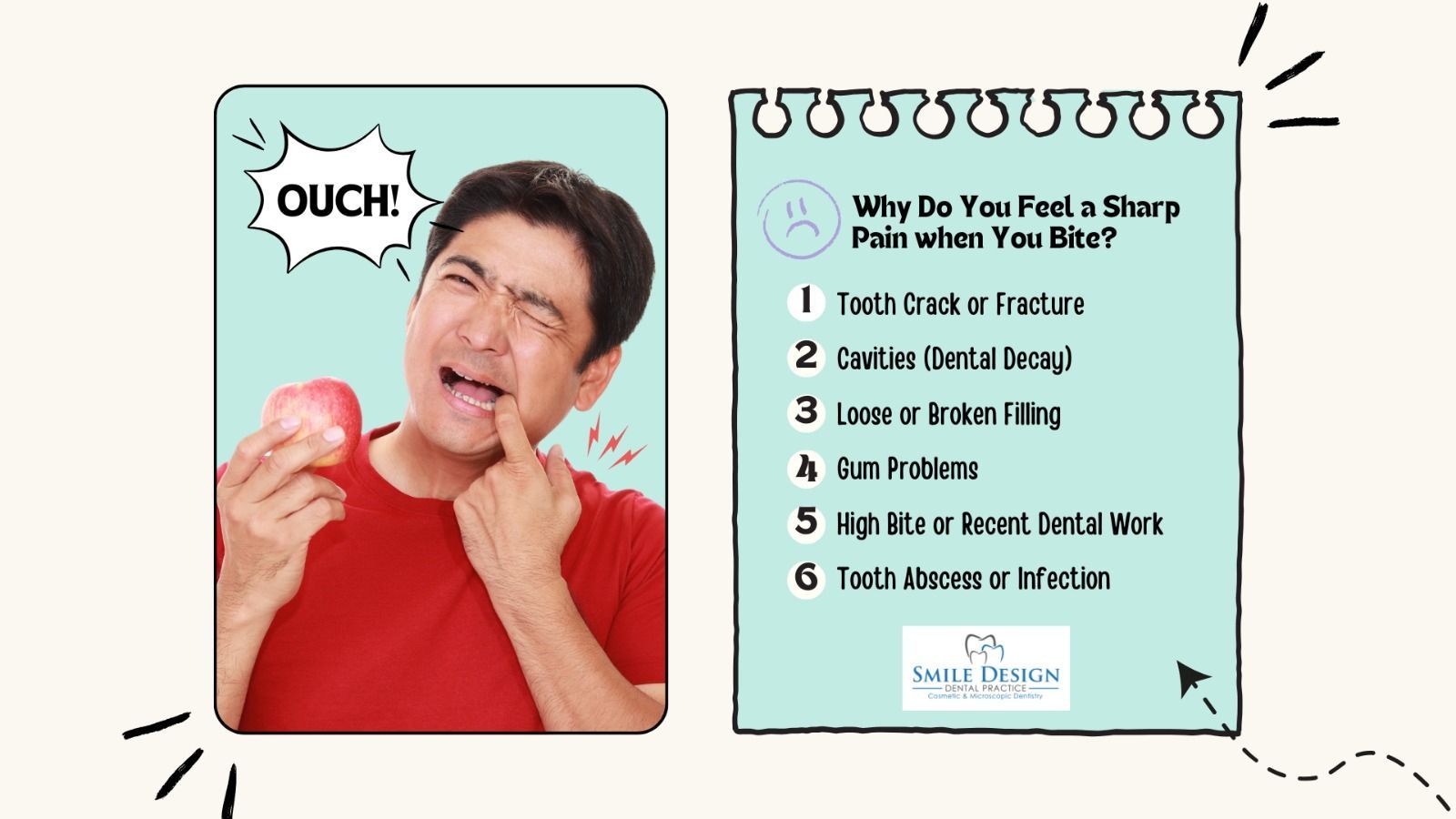
Have you ever bitten down on food and suddenly felt a sharp, stabbing pain in one of your teeth? This uncomfortable sensation can be worrying, but it’s also your body’s way of telling you something isn’t right. Understanding the possible reasons can help you know when to see a dentist and prevent more serious problems.
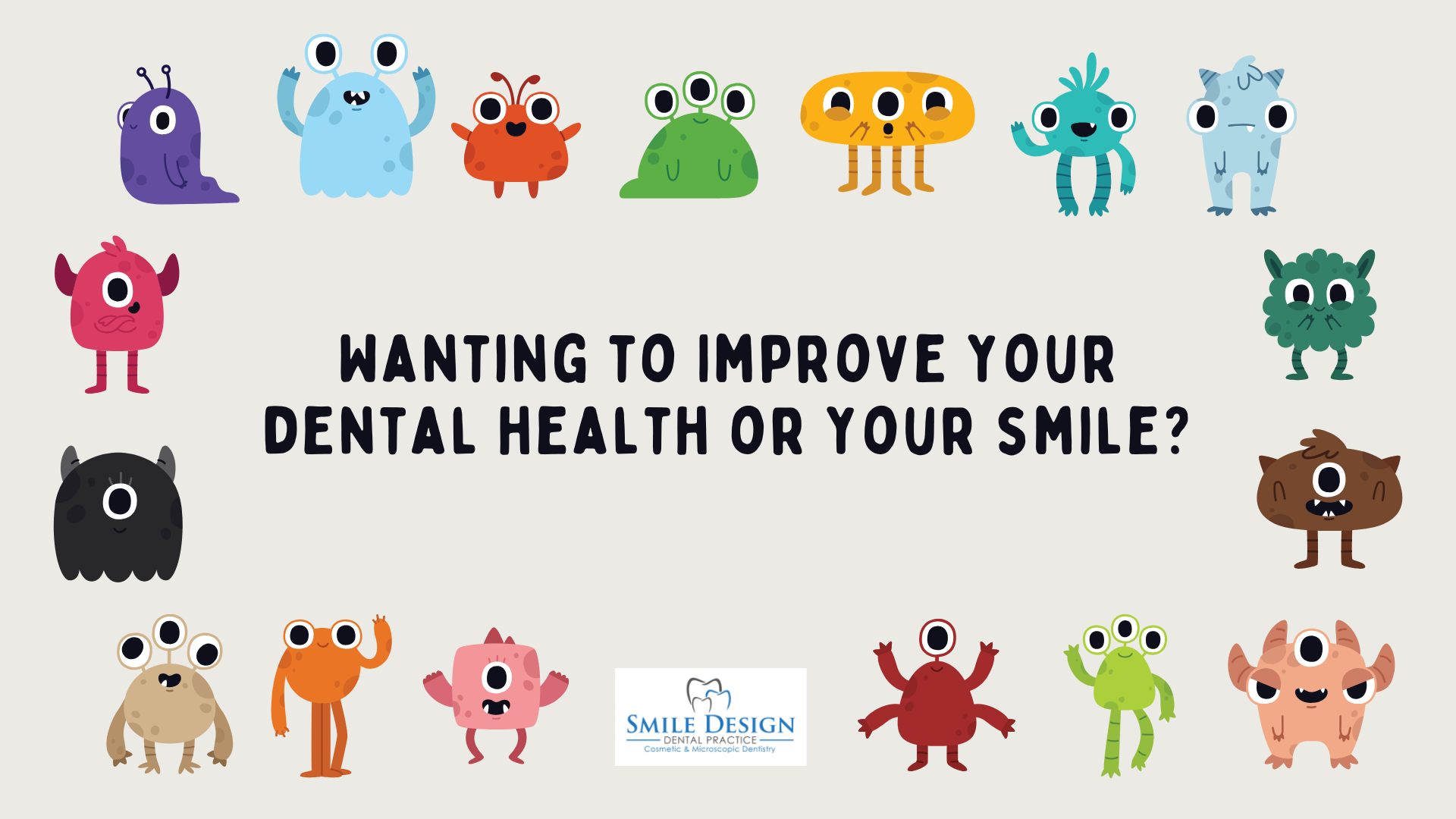
Your smile is one of the first things people notice about you — but more importantly, it reflects your overall health and wellbeing. Whether you want to restore your dental health after years of neglect or enhance your smile's appearance, you’re not alone. Many people feel self-conscious about their teeth, but the good news is that modern dentistry offers numerous ways to help you regain your confidence and maintain a healthy, beautiful smile for years to come.

Most people are aware that they should visit the dentist regularly, but many underestimate the importance of these routine visits. A dental checkup is not just about keeping your smile looking good—it’s essential to maintaining your overall health and well-being. Here’s why you shouldn’t skip your regular dental appointments.
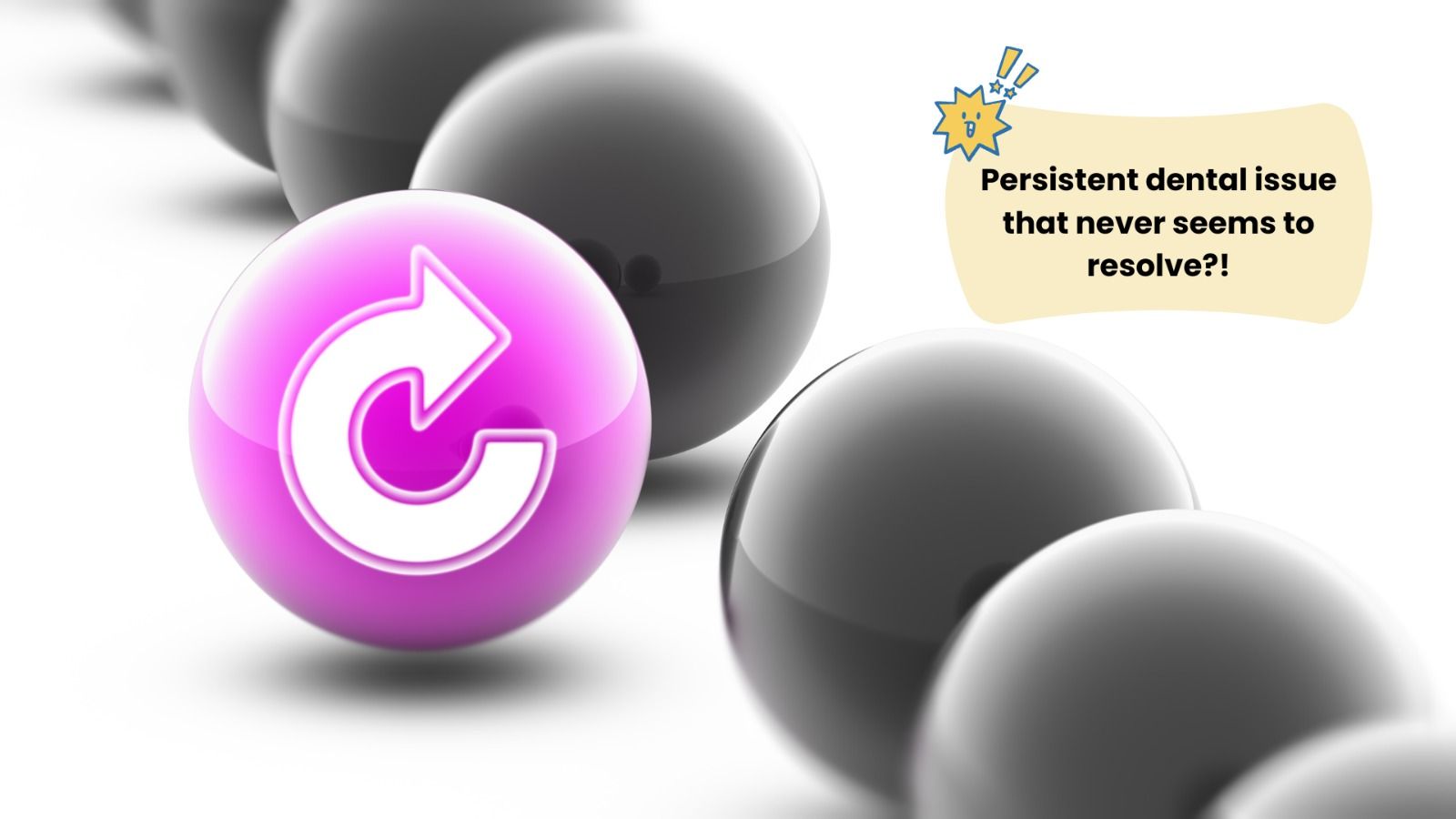
Most people expect dental problems to improve after treatment. A filling, a crown, a root canal — these are meant to solve the issue and relieve discomfort. But sometimes, a dental problem lingers despite repeated visits to the dentist. If you are stuck with persistent pain, sensitivity, or discomfort that never seems to resolve, you are not alone, and you do have options.

Facing a recommendation for complex dental treatment—such as root canal therapy, dental implants, orthodontics, or full-mouth rehabilitation—can be overwhelming. These procedures often involve significant costs, time, and long-term impact on your oral health. It is natural to feel uncertain or even skeptical. In such situations, seeking a second opinion is a wise and responsible decision.

Everyone notices a great smile. It radiates confidence, leaves a lasting impression, and can even change how you feel about yourself. The best part? You don’t have to be a celebrity to achieve one. With proper care and a few lifestyle changes, anyone can enhance their smile. Here’s a guide to some effective ways to improve your smile!

